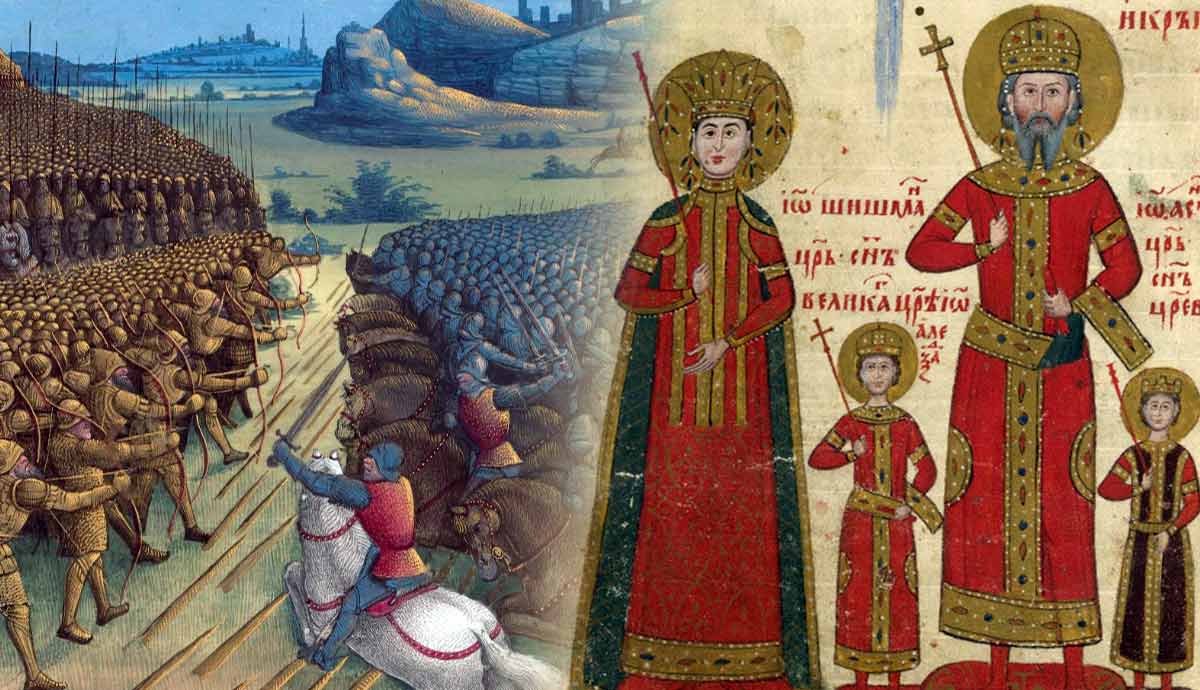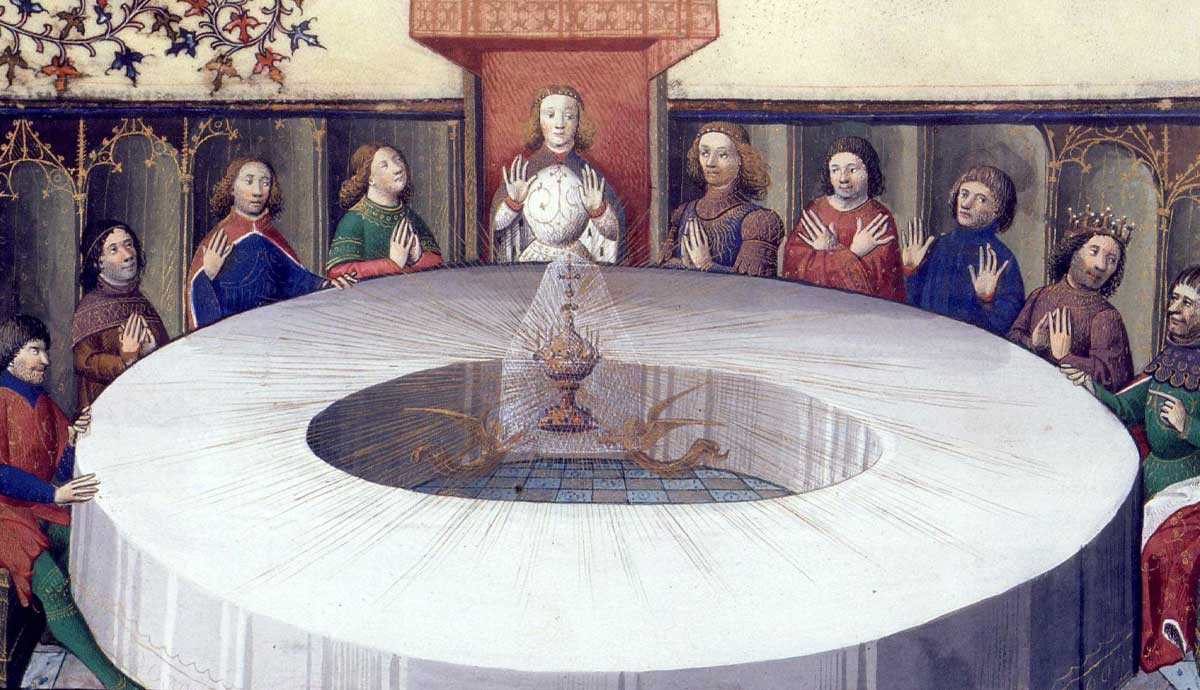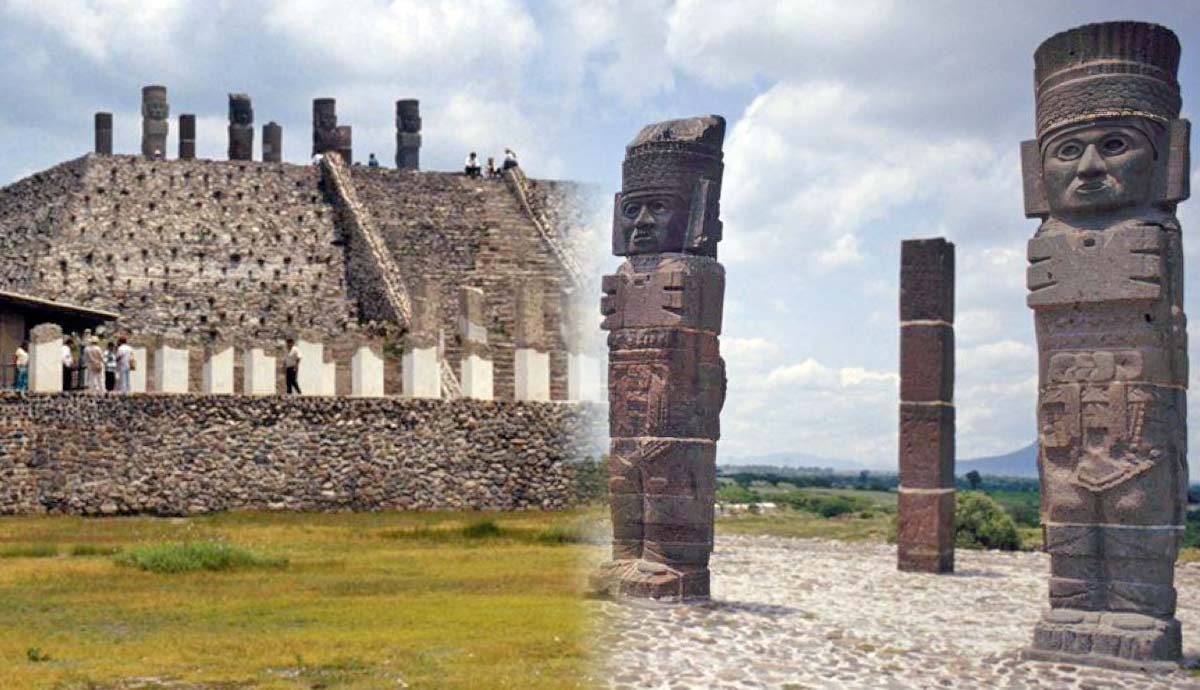
The abolition of slavery in the United States is usually associated with the Emancipation Proclamation, issued in its final form by President Abraham Lincoln on January 1, 1863. Juneteenth, a US federal holiday commemorating the liberation of African-American slaves in Texas, came on June 19, 1865. Read on to find out why it took over two years for Lincoln’s Emancipation Proclamation to come into effect in Texas.
Slavery and the American Civil War

The American Civil War (1861-1865) was caused by several interrelated factors. Debates about the future of slavery in the United States was one of the main reasons why southern slave-holding states sought to break away from the North.
While the institution of slavery was never explicitly mentioned in the US Constitution, the infamous “three-fifths clause” allowed slaveholding states to count slaves as three-fifths of a free person to increase their congressional representation, even though they did not have any political rights.
In 1819-1820, disagreements about the status of slavery in Missouri threatened to break the Union apart. While the Missouri Compromise of 1820 was a temporary balm to the sectional tensions, the issue reared its ugly head once again during the 1840s with the annexation of Texas, the conquest of Mexican territory during the Mexican-American War of 1846-1848, and the rise of the Free Soil Movement opposing the westward expansion of slavery.
Despite the Compromise of 1850 over the admission of California as a free state, slavery remained at the top of the political agenda during the decade. The Kansas-Nebraska Act of 1854 led to political violence between pro- and anti-slavery factions in Kansas, the 1857 Dred Scott ruling by the Supreme Court prevented the federal government from banning slavery in any state provoked outrage in the North, while the execution of John Brown following his unsuccessful raid on the federal arsenal at Harpers Ferry, Virginia, in 1859 created a martyr for the anti-slavery cause.

The Republican Party was founded in 1854 to resist further expansion of slavery, bringing together the Free Soilers and much of the old Whig Party. In 1860, the Republicans nominated Abraham Lincoln for the presidency. A hitherto unknown lawyer and one-term congressman from Illinois, Lincoln gained national recognition following a celebrated series of debates against Democratic Senator Stephen A. Douglas in the 1858 Senate elections.
While Lincoln was narrowly defeated by Douglas in the senatorial election, the debates served as a platform for his successful bid for the Republican presidential nomination in 1860. With the Democratic Party split between northern and southern factions on the issue of slavery, Lincoln easily won election as president.
Lincoln was opposed to further expansion of slavery, but he did not believe he had the authority to abolish slavery in the 15 slaveholding states. While this position was not as radical as some other Republican leaders such as William H. Seward, whom Lincoln would appoint as his Secretary of State, the southerners believed that Lincoln was intent on abolishing slavery entirely.
On December 20, South Carolina crossed the Rubicon and seceded from the United States. Six other slave states followed suit and formed the Confederate States of America in February 1861. After the Battle of Fort Sumter in South Carolina marked the outbreak of the American Civil War in April 1861, four more states seceded and joined the Confederacy.
The Emancipation Proclamation

Lincoln’s priority in the American Civil War was to defeat the southern rebellion and preserve the Union. During the first year of the war, he was reluctant to support proposals by radical Republicans to emancipate all slaves, fearing a negative reaction from the four slave states of Delaware, Maryland, Kentucky, and Missouri that remained loyal to the Union.
The war began badly for the Union. The small Union garrison at Fort Sumter was forced to surrender, and the Union army was defeated at the First Battle of Bull Run (known by Confederates as Manassas) in July 1861 in northern Virginia, the first major battle of the conflict.
In November, Lincoln appointed George B. McClellan as general-in-chief of the Union army. McClellan was a brilliant military organizer and administrator who was idolized by his men as “Little Napoleon.” However, he lacked Napoleon’s aggression and was unwilling to go on the offensive, prompting Lincoln to strip him of overall command in March 1862 while retaining him as commander of the Army of the Potomac.
When a reluctant McClellan was finally persuaded to take the offensive in summer 1862, he was repeatedly outmaneuvered by the Confederate commander Robert E. Lee and failed to capitalize on tactical successes despite enjoying a healthy numerical advantage during the Seven Days Battles.
Lincoln recognized that the Union war effort would be helped by allowing Union armies to confiscate Confederate property and deprive landowners of their slaves, but in the summer of 1862 he was still not prepared to publicly announce the abolition of slavery.

On August 19, 1862, the abolitionist journalist Horace Greeley wrote an editorial in the New York Tribune attacking Lincoln’s cautious approach to abolition. In a famous reply dated August 22, Lincoln assured Greeley that he personally wanted to free all slaves, but that in his official capacity as President of the United States:
“My paramount object in this struggle is to save the Union, and is not either to save or to destroy slavery. If I could save the Union without freeing any slave I would do it, and if I could save it by freeing all the slaves I would do it; and if I could save it by freeing some and leaving others alone I would also do that.”
Through this carefully crafted letter, Lincoln was signaling that he was prepared to abolish slavery if it enabled him to save the Union. When he wrote the letter to Greeley, Lincoln already had a draft of his Emancipation Proclamation, in which he used his authority as commander-in-chief to declare that slavery would be abolished within the states in rebellion.
Unwilling to give the impression that he was forced into emancipation due to the faltering war effort, Lincoln awaited positive news on the battlefield before issuing the proclamation. This came with McClellan’s victory over Lee at the Battle of Antietam in Maryland on September 17, 1862. While McClellan failed to destroy Lee’s Army of Northern Virginia on the field, Lee’s retreat led Lincoln to issue his proclamation.
The preliminary Emancipation Proclamation of September 22, 1862 gave Confederate states the opportunity to return to the Union to avoid being subject to its terms. Since none of them did so, Lincoln’s final Emancipation Proclamation of January 1, 1863 declared that all slaves in states in rebellion were henceforth considered free.
While the proclamation excluded four slave states within the Union as well as Tennessee, now fully under Union control, it covered 3.5 million of the 4 million enslaved people in the United States. Since these areas were still under Confederate control, the proclamation could not be enforced immediately, but served as a legal framework for emancipation when Union armies occupied Confederate territory.
The Civil War in Texas

Immortalized by Lincoln’s Gettysburg Address, the Battle of Gettysburg on July 1-3, 1863 is one of the most famous battles fought on American soil. General George Meade’s victory over Lee’s Army of Northern Virginia caused the latter to abandon his invasion of the North.
While Gettysburg led Lincoln and his cabinet to breathe a sigh of relief in Washington, Ulysses S. Grant’s victory at the Siege of Vicksburg on July 4, 1863 was equally significant. At a single stroke, Grant took control of the Mississippi and cut the Confederacy into two, leaving Texas, Arkansas, and part of Louisiana isolated from the rest of the Confederacy.
Vicksburg was a bitter blow to the Confederate war effort. Texas had voted to secede from the Union by a three-quarters majority in February 1861, and over the course of the war, some 90,000 Texans served in the ranks of the Confederate Army. While the Confederates were able to bring goods in and out of Texan ports by running the Union naval blockade, the supply of cattle from Texas ranches to Confederate troops east of the Mississippi was severely disrupted by the fall of Vicksburg.

While Texas was now isolated from the rest of the Confederacy, it would take almost two years for Union forces to subdue the Confederates. The Union had captured the Texan port of Galveston in October 1862, only for the Confederates to retake it on New Year’s Day 1863. Union general Nathaniel Banks made an unsuccessful attempt against Galveston in September 1863, though in November, Banks was more successful in capturing Brownsville on the mouth of the Rio Grande and cutting off Texas’ trade with Mexico.
In 1864, Banks redeployed his men for offensive operations in Louisiana, allowing the Confederates to regain Brownsville. Banks was also defeated in the Red River campaign of April 1864, but Union victories east of the Mississippi, particularly William T. Sherman’s devastating march through Georgia, drained the morale of Confederate soldiers in Texas.
June 19, 1865

General Lee’s surrender to General Grant at Appomattox Courthouse on April 9, 1865 is widely regarded as the end of the American Civil War. Lieutenant General Edmund Kirby Smith, commander of the Confederate Army of the Trans-Mississippi, vowed to continue the fight even while Confederate soldiers were deserting en masse.
On May 13, Colonel Rip Ford led a Confederate cavalry and artillery force to victory at Palmito Ranch near Brownsville against a Union infantry force that was not expecting any resistance. This minor skirmish proved to be the last battle of the Civil War, and after receiving orders to disband his army General Smith formally surrendered on June 2.
On June 10, Major General Gordon Granger was appointed commander of the District of Texas. Upon his arrival at Galveston on June 19, Granger issued General Orders No. 3 enacting the Emancipation Proclamation in Texas:
“The people of Texas are informed that, in accordance with a proclamation from the Executive of the United States, all slaves are free. This involves an absolute equality of personal rights and rights of property between former masters and slaves, and the connection heretofore existing between them becomes that between employer and hired labor.”
While this ensured that June 19 became a significant date in African-American history, Granger’s proclamation was largely symbolic as it took weeks and months for Granger’s order to be enforced throughout the state.
Enforcement and Celebration

For Granger, General Order No. 3 was a routine item of business as part of his duties to enforce federal control of a rebellious state, but as news of Granger’s order spread through Galveston and across the state, it led to jubilant celebrations among the formerly enslaved men and women who had just won their freedom.
At the beginning of the Civil War in 1861, Texas had a slave population of around 180,000. This figure increased substantially to 250,000 during the war as many southerners found refuge in Texas and took their slaves with them.
Over the coming weeks and months, General Granger and the men under his command circulated the order throughout the state. While the slaveholders were reluctant to let go of their slaves and in many cases forced them to work through one final harvest season, by the end of the year most of them had complied with the order. The newly freed slaves established new communities known as ‘Freedman’s Towns’ in major cities in Texas such as Houston, Dallas, and San Antonio.

Since Texas was the last of the Confederate states to be liberated by Union forces, June 19, 1865 is celebrated as the official end of slavery in the United States. However, slavery remained legal in the Union border states of Delaware and Kentucky. The Thirteenth Amendment, which formally abolished slavery, was ratified and proclaimed in December 1865.
The freedmen of Galveston organized a celebration on June 19, 1866, the first anniversary of General Order No. 3. The event was known as Jubilee Day, and served as an opportunity for freedmen to learn about their political and civil rights after emancipation. In 1872, Black leaders in Houston purchased a tract of parkland named Emancipation Park, initially solely reserved for the celebration of Jubilee or Emancipation Day. It was only in the 1890s that the holiday first began to be called Juneteenth, portmanteau of June Nineteenth.
Official Recognition

While Juneteenth continued to be a cause of celebration for the Black community in Texas, the freedom that had been granted them by General Order No. 3 did not translate to equality. Freedmen in Texas and across the country continued to face racial discrimination and lacked employment opportunities.
Although President Ulysses S. Grant and congressional Republicans sought to protect African-Americans from attacks by white supremacist groups such as the Ku Klux Klan, an economic downturn known as the Panic of 1873 and accusations of corruption against the Grant administration weakened the federal response.
During the latter decades of the 19th century, many Black Texans left the state seeking better economic opportunities and greater political and social freedoms in the northern states. While some of these migrants introduced Juneteenth celebrations to their new homes, most worked factory jobs and no longer had free time to mark the anniversary.
Meanwhile, segregationist ‘Jim Crow’ laws contributed to the decline of the holiday in Texas. Celebrations of Juneteenth were revived at the Texas State Fair during the 1930s, and in 1938 Democratic Governor James V. Allred officially recognized June 20 as Emancipation Day, since June 19 fell on a Sunday that year. During the 1960s, Civil Rights leaders likened the struggle for racial equality with that of emancipation from slavery, encouraging observance of Juneteenth across the country.
In 1980, Texas was the first state to recognize Juneteenth as a paid state holiday. Other states gradually followed suit, and by 2008 a majority of US states recognized Juneteenth in some form. By the time President Joe Biden designated Juneteenth a federal holiday in June 2021, all 50 states with the exception of South Dakota had recognized the holiday at a state level.










